Srikalahasti Temple is located in the town of Srikalahasti, in the state of Andhra Pradesh, India. It is one of the most famous Shiva temples in South India and is said to be the site where Kannappa was ready to offer both his eyes to cover blood flowing from the Siva linga before the Lord Siva stopped him and granted him Mukti.
Shrine’s History
The Tamil Cholas and the Vijayanagara Rulers have made several endowments to this temple. Adi Sankara is said to have visited this temple and offered worship here. There are Chola inscriptions in this temple which date back to the 10th century CE. The Chola rulers constructed the main temple. In 11th century A.D., the Chola king Kuluthungal built the Galigopuram. While in the 12th century AD Veera Narasimha Yadavaraya contributed to the construction of the temple by constructing the compound wall or Prakara and the four Gopurams. In 1516 A. D., the great Chola king Krishnadevaraya built the huge 100- pillared Mandapa. The inscriptions on the temple inform that it was built by the great Pallava kings and followed by the Tondaman Chakravarthi .srikalahasti-temple-photos-10 The Mantapams and Galigopurams facing east were developed by the Vijayanagar rulers in the 16th century. Finally, the Natukottai Chettiars of Devakottai gave a final touch to the temple in 1912 by contributing 9 lakhs of rupees.
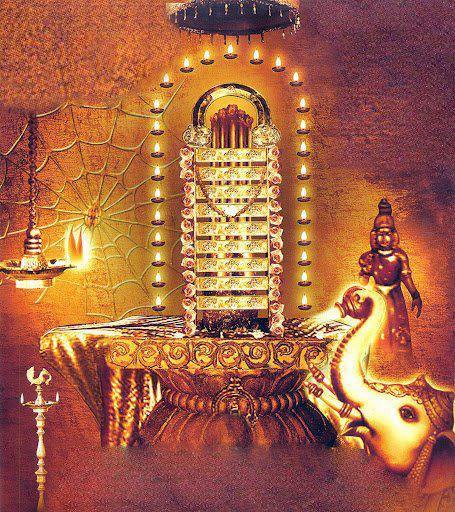
Legends Associated with This Shrine
Origin of Vayu Lingam During early days of creation of a world, Lord Vayu performed penance for thousands of years to “Karpoora lingam” (Karpooram means camphor). Due to his penance, Parameswara manifested before him and said, ” O Vayu Deva! Though you are dynamic in nature, you stayed here without movement and did penance for me. I’m pleased with your penance. Ask books you wish”. Lord Vayu asked, “Swami! I want to be present everywhere in this world. I want to be an integral part of every Jiva who is none other than a manifestation of Paramatma. I want to name this Karpoora Linga, which represents you, after me. Samba Siva said,” you are qualified for these three books. As per your wish, you will be spread throughout this world. Without you, there will be no life. This linga of mine will be famous by your name and all Suras, Asuras, Garuda, Gandharvas, Kinnaras, Kim PUR Shas, Siddhas, Saad his, humans and others worship this Lingam”. Lord Shiva disappeared after granting these books”. Thereafter, this Karpoora Vayu Lingam is worshipped by all Lokas.Official Website of Srikalahasti Temple Goddess Parvati’s curse There are several other legends connected to the glory of the temple. Prominent among them is of Parvati who was cursed by Lord Shiva to discard her heavenly body and assume the human form. To get rid of the above curse Parvati did a long penance here. Pleased with her deep devotion Lord Shiva again recreated her body ? a hundred times better than her previous heavenly body and initiated various mantras including the Panchakshari. Consequent of this, Parvati gained and came to be known as Shiva-Gnanam Ghana Prasunamba or Gnana Prasunambika Devi. Gana Kala Cursed to become a ghost, Ghanakala prayed at Srikalahasti for 15 years and after chanting Bhairava Mantra many times Lord Shiva restored her original form. The Devas Mayura, Chandra and Devendra were also freed from their curses after taking the bath in the river Swarnamukhi and prayed at Srikalahasti. Markandeya To Bhakta Markandeya, Lord Shiva appeared in Srikalahasti and preached that a Guru alone could make esoteric teachings and, therefore he is Brahma, Vishnu and Maheswara.
Architectural Relevance of This Shrine
The present structure of the temple is a foundation of the Cholas of the 10th century, as testified by inscriptions; improvements and additions were made during the subsequent years of the Chola rulers of Tamilnadu and the Vijayanagar emperors. SriKalahasti got its name because, in days of yore a spider , a serpent and elephant worshipped Shiva with great devotion. A spider lived in the inner sanctum and worshipped the Lord by weaving elaborate temples and images of Shiva. One day a breeze came up and caused the altar fire to destroy the spiders offerings. It became angry and was about to gulp down the flame, endangering its life. Appreciative of its devotion, Shiva appeared and granted the spider a boon. The spider requested moksha, release from the cycle of births and deaths. Accordingly it became one with Shiva, the Self.
Shrine’s Map Location and How to Go There
By Road
Nearest Bus Station: Srikalahasthi Bus Station (0 Km)
By Rail
Nearest Train Station: Srikalahasthi Railway Station (0 Kms)
By Air
Nearest Airport: Tirupati – Tirupati Airport – Renigunta (26 Kms)
Shrine Timings
6:00 AM to 9:00 PM
Events Celebrated at This Shrine
The Sivarathri Brahmotsavam is a 12-day festival of great importance that attracts lakhs of people from various parts of our country. Mahasivarathri, Nandi Seva, Lingodbhavam, Rathotsavam, Teppotsavam, Sri Swami-Ammavarla Kalyanotsavam,Pallaki Seva are the important aspects of this festival.In karthika masam, special celebrations will be done.Karthika deepostavam will be done as per both the Telugu calendar and Tamil calendar.
Extra Information About this Shrine
A cobra worshipped Lord Shiva by offering rare gems, pearls and rubies that it brought from Nagaland, a mythical place where Nagas dwell. Serpents are one of Indias most visible symbols of the spiritual power of the Self. The spiritual power of the Self called Kundalini, the latent electricity of Consciousness, is hidden in the dark recesses of the unconscious like a snake hidden deep within the earth. After the snake had worshipped, an elephant, fresh from its purifying bath in the nearby river, came to worship. In preparation it sprayed the altar with water from its trunk, scattering the gems. It then proceeded to decorate the altar with leaves from a holy tree. When the cobra returned it was angered to see its offerings disrespected and replaced by mere leaves. So it replaced the leaves with gems. This charade repeated itself every day until the cobra became fed up and decided to punish whomever was destroying its offerings. When the elephant returned to worship with its leaves the cobra slithered up its trunk and injected its venom. In agony the elephant dashed its head on the stone altar in an attempt to kill the snake. The snake fell out of the trunk and died from its wounds and the elephant succumbed to the poison. Understanding that both had sacrificed their lives for the sake of their love of the Lord, Shiva resurrected them, gave them liberation and took them into his own body. At the foot of the linga one can see a spider, two elephant tusks and a five-headed (the five elements) serpent to remind the devotee of these acts of supreme devotion.

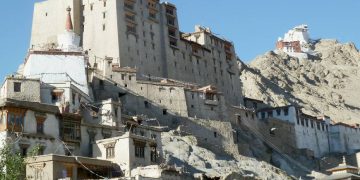

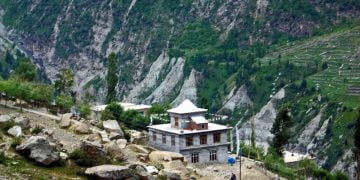
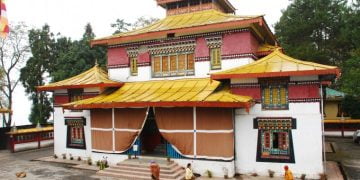

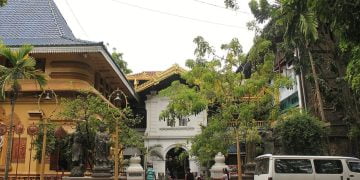
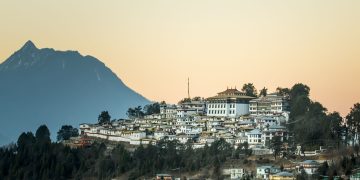
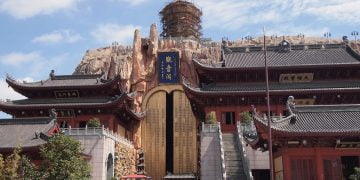
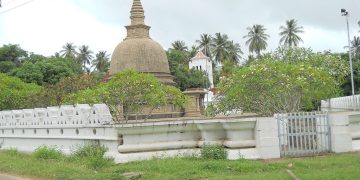
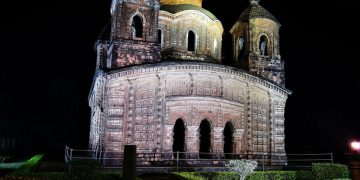
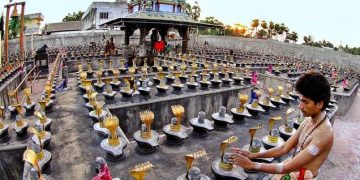

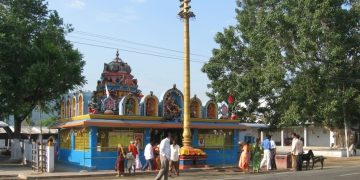
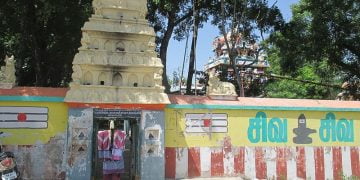
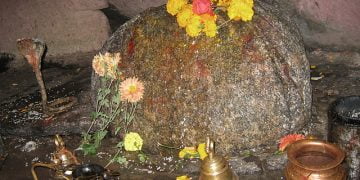
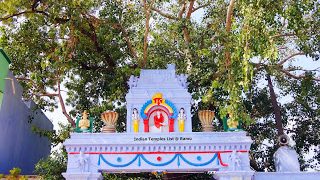
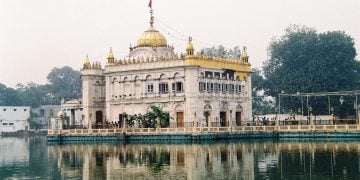
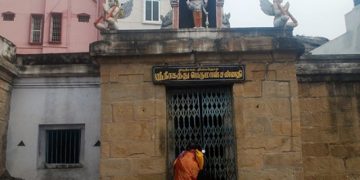
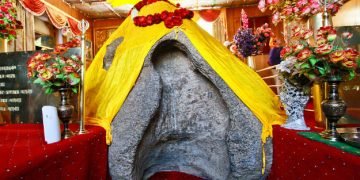
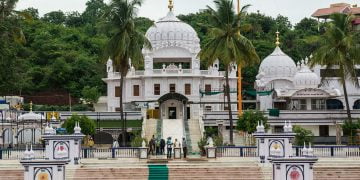

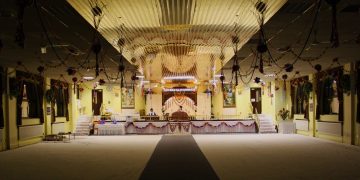
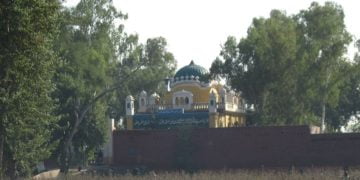
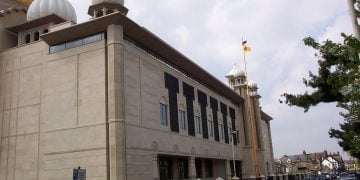
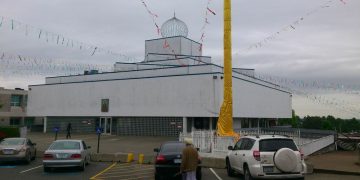
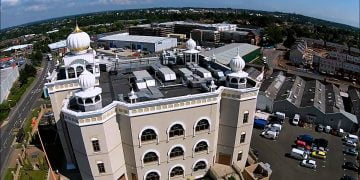
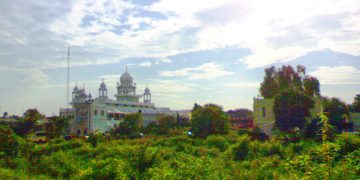
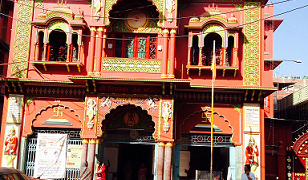
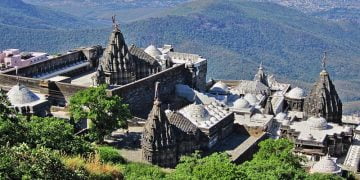
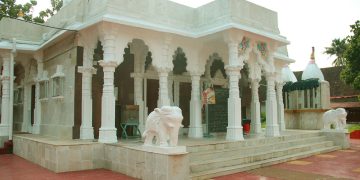
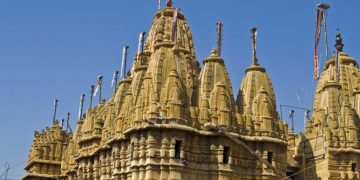
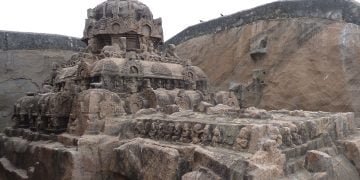
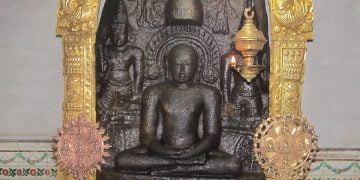
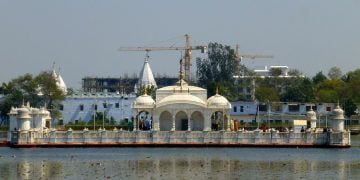

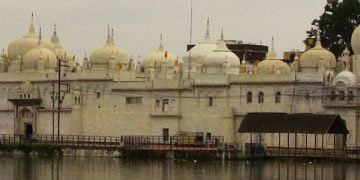

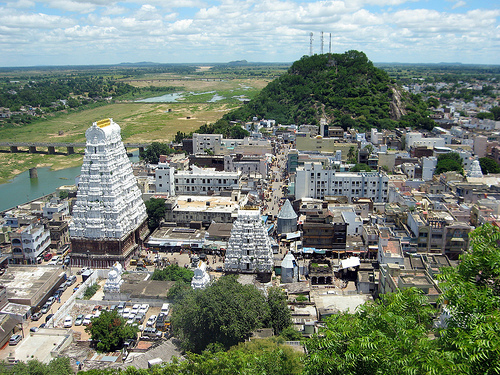

Discussion about this post